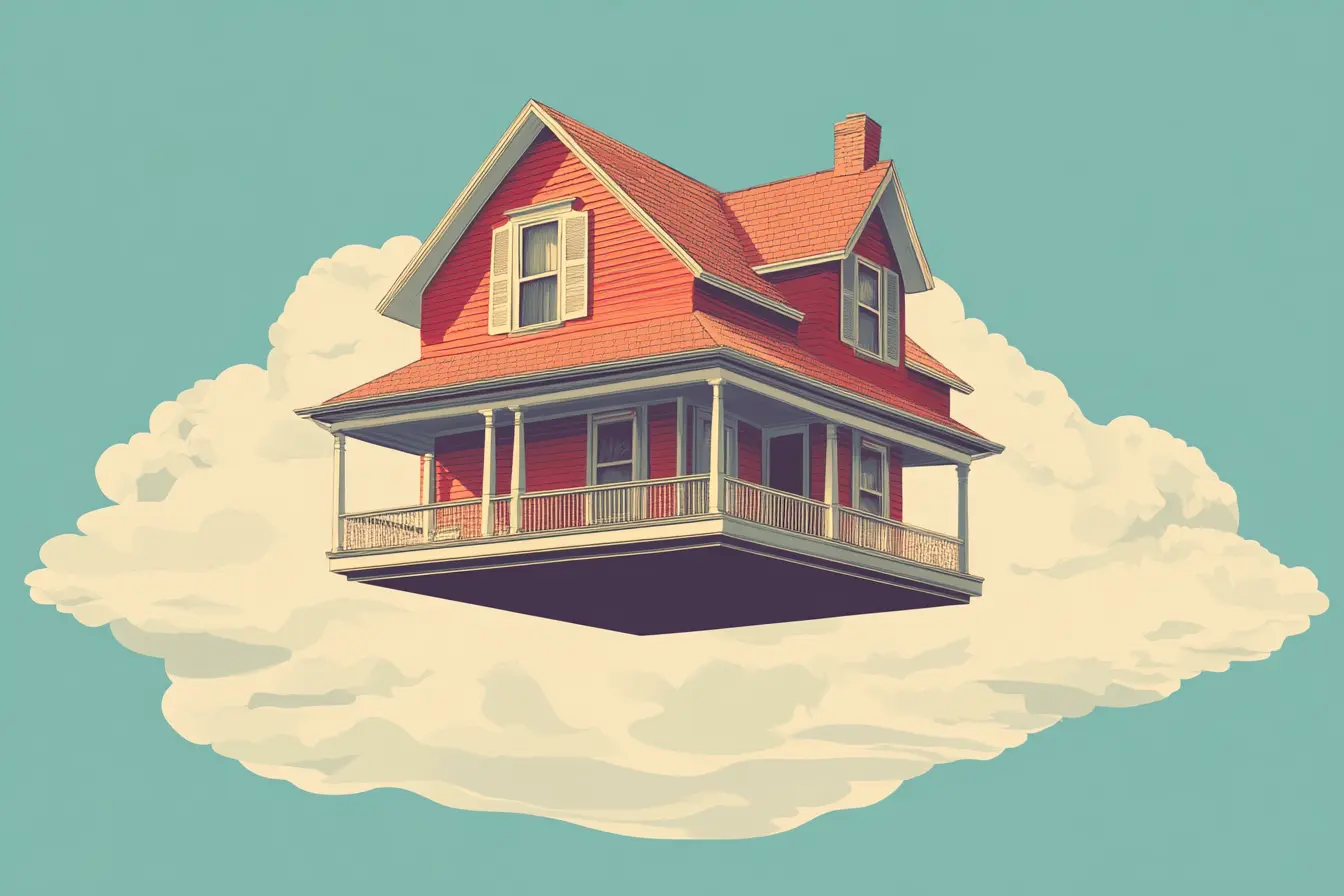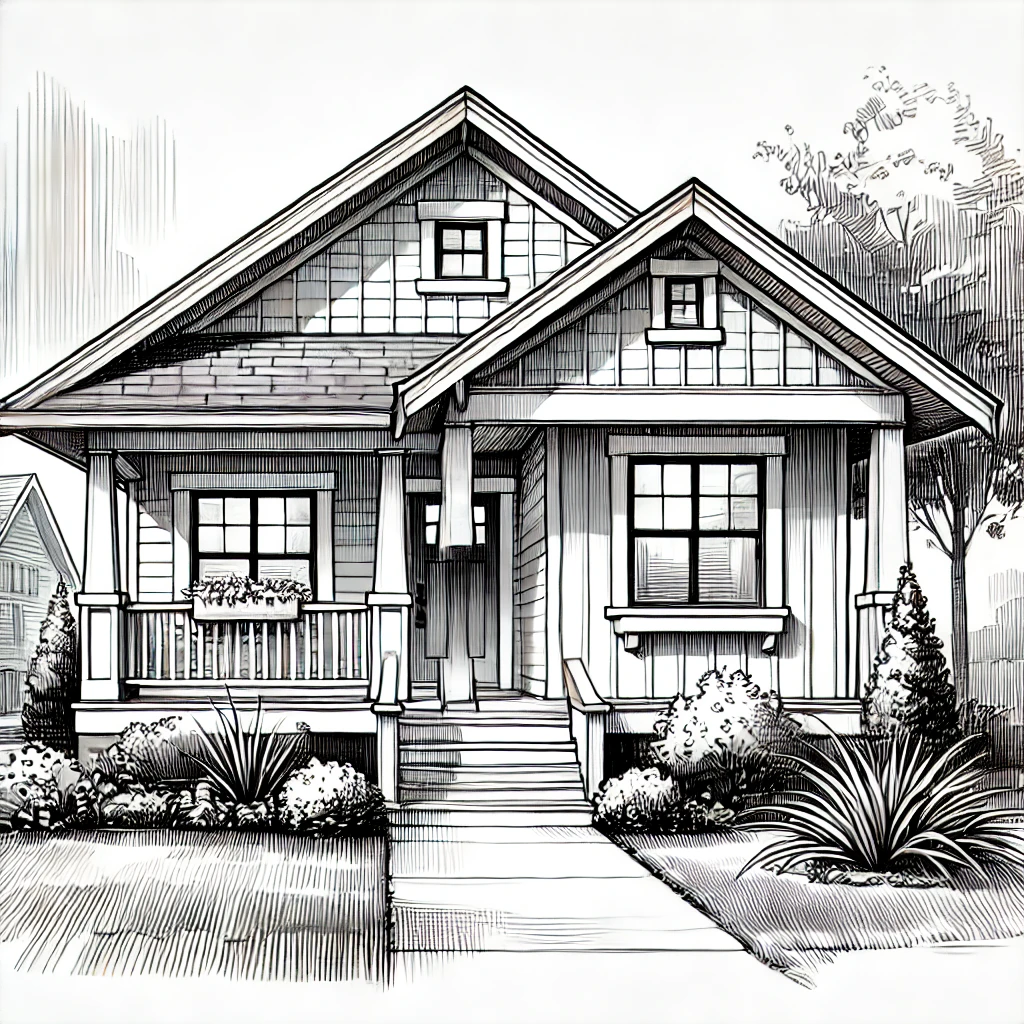Understanding Primary Dwelling Coverage in Your Homeowners Insurance Policy: A Detailed Guide

Primary Dwelling coverage is one of the most crucial components of a homeowners insurance policy. It provides financial protection for the structure of your home in the event of damage from covered perils such as fire, wind, hail, vandalism, or other disasters. Understanding this coverage is essential for ensuring that your home is adequately protected and that you can rebuild or repair it without facing financial ruin.
This detailed guide will explain what Primary Dwelling coverage is, how it works, and provide specific examples to help you understand how this coverage applies in different situations.
What is Primary Dwelling Coverage?
Primary Dwelling coverage, also known as Coverage A in a standard homeowners insurance policy, is the portion of your policy that covers the cost to repair or rebuild the physical structure of your home if it is damaged or destroyed by a covered Peril. This includes not just the house itself (including areas like the Foundation, roof, gutters and Siding), but also attached structures like garages (not detached garages), decks (not gazebos), and porches.
Internally, this includes all items permanently attached to the home as well. Some of these are obvious - windows, doors, tile and flooring. Other aspects may be less obvious - such as Plumbing fixtures (like sinks, faucets and Shower heads) and lighting fixtures (such as sconces and chandeliers but not lamps). Kitchen cabinets and bathroom vanities are also generally under your Primary Dwelling coverage since they are permanently attached.
There also could be some real questions depending on your carrier - such as built in appliances, architectural speakers, window coverings and hot tubs - so it is always best to proactively ask your insurance representative if you have any questions.

Key Components of Primary Dwelling Coverage
1. Coverage Limit
What It Is: The coverage limit is the maximum amount your insurance company will pay to repair or rebuild your home. This limit should reflect the estimated cost to fully rebuild your home at current construction costs, not the market value of your home.
Example:
If your home is insured for a dwelling coverage limit of $300,000, and a fire causes significant damage that requires $250,000 in repairs, your insurance would cover the full cost of repairs (minus your Deductible). However, if the repair costs exceed $300,000, you would be responsible for the difference unless you have additional coverage options like extended replacement cost or guaranteed replacement cost.
Action Step: Regularly review and update your coverage limit to ensure it aligns with current construction costs. You can do this by consulting with your insurance agent or a professional Appraiser.
2. Covered Perils
What It Is: Covered perils are the specific risks that your Primary Dwelling coverage protects against. Most standard homeowners insurance policies cover common perils such as fire, lightning, windstorm, hail, and vandalism. We’ll dive into these in the Perils Chapter later in this book.
Example:
If a windstorm causes a tree to fall on your home, damaging the roof and part of the structure, Primary Dwelling coverage would pay for the repairs. However, if the damage was caused by a flood, and flood damage is not a covered peril under your standard policy, you would need separate Flood Insurance to cover the damage.
Action Step: Review the list of covered perils in your policy to understand what is included and consider purchasing additional coverage, such as flood or Earthquake insurance, if your area is prone to these risks.
3. Replacement Cost vs. Actual Cash Value
What It Is: These are two different methods of calculating the reimbursement for damage to your home. Replacement Cost pays to rebuild or repair your home to its original condition using materials of similar kind and quality, without deducting for Depreciation. Actual Cash Value deducts depreciation from the reimbursement amount, which could leave you with a significant out-of-pocket expense.
Example:
Suppose a fire destroys your roof, which was 15 years old. If you have Replacement Cost coverage, your insurance would pay the full cost to replace the roof with new materials. If you have Actual Cash Value coverage, the insurer would deduct the depreciation of the 15-year-old roof, possibly leaving you with a lower reimbursement amount that might not fully cover the cost of a new roof.
Action Step: Ensure your policy offers Replacement Cost coverage rather than Actual Cash Value, as it provides better protection by covering the full cost to rebuild or repair your home.
4. Deductibles
What It Is: The deductible is the amount you must pay out of pocket before your insurance coverage kicks in. Deductibles can vary depending on the type of damage and the terms of your policy.
Example:
If you have a $1,000 deductible and your home suffers $20,000 worth of damage due to a covered peril like a hailstorm, you would pay the first $1,000, and your insurance would cover the remaining $19,000.
Action Step: Choose a deductible that you can comfortably afford in the event of a Claim. Higher deductibles typically lower your Premium, but ensure you have enough savings to cover the deductible if necessary.
5. Exclusions and Limitations
What It Is: Exclusions and limitations are specific conditions or types of damage that are not covered by your Primary Dwelling coverage. Common exclusions include damage from floods, earthquakes, and normal wear and tear.
Example:
If your home suffers foundation damage due to gradual settling over time, this type of damage is usually excluded from coverage. However, if the damage was sudden and caused by a covered peril, like an earthquake, and you have a separate earthquake Endorsement, the damage may be covered.
Action Step: Carefully read the exclusions and limitations section of your policy to understand what is not covered. Consider purchasing additional coverage or endorsements to protect against risks specific to your location or situation.
How Primary Dwelling Coverage Works in Different Scenarios
Scenario 1: Fire Damage
A fire breaks out in your kitchen, causing extensive damage to your home. The estimated cost to repair the damage is $150,000, and your policy’s dwelling coverage limit is $200,000 with a $1,500 deductible.
Outcome: Your insurance should cover the repair costs, minus the deductible, so you would receive $148,500 ($150,000 - $1,500). Since the cost of repairs is within your coverage limit, you are fully protected.

Scenario 2: Hurricane Damage
A hurricane causes severe roof damage, leading to water damage throughout your home. The cost to repair the roof and water damage is $250,000. Your policy’s dwelling coverage limit is $300,000, but you have a separate 2% windstorm deductible based on the dwelling coverage limit.
Outcome: Your windstorm deductible would be $6,000 (2% of $300,000). Your insurance would cover the remaining $244,000 ($250,000 - $6,000). Since the cost of repairs is within your coverage limit, you are adequately covered, but you need to prepare for the higher deductible.
Scenario 3: Earthquake Damage
An earthquake causes significant structural damage to your home, totaling $300,000 in repair costs. However, your standard homeowners insurance policy does not include earthquake coverage.
Outcome: Because earthquake damage is excluded from your standard policy, you would not receive any coverage unless you had purchased a separate earthquake endorsement or policy. Without this additional coverage, you would be responsible for the full cost of repairs.
Wrap-Up
Primary Dwelling coverage is a critical component of your homeowners insurance policy, providing financial protection for the structure of your home in the event of damage from covered perils. By understanding the key components of this coverage—such as coverage limits, deductibles, and covered perils—you can ensure that your home is adequately protected and that you are prepared to handle the financial implications of rebuilding or repairing your home after a disaster.
Regularly review your policy with your insurance agent to keep your coverage up to date and aligned with your needs.